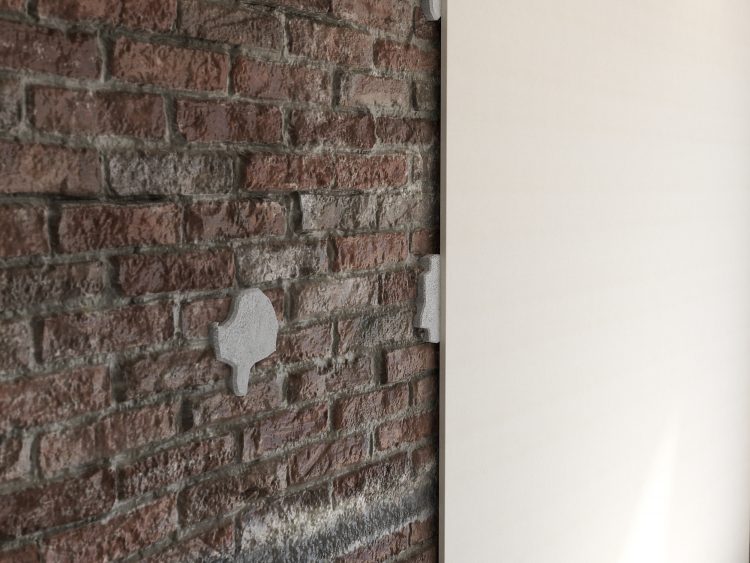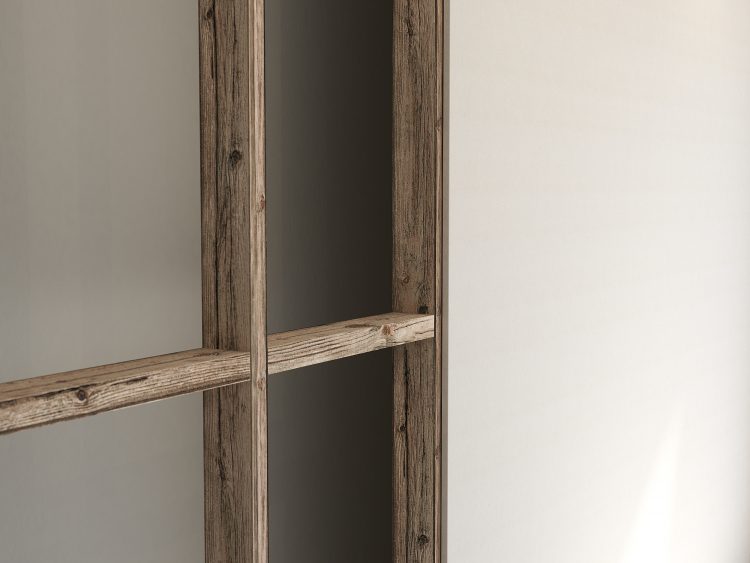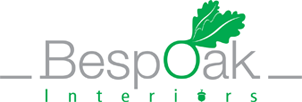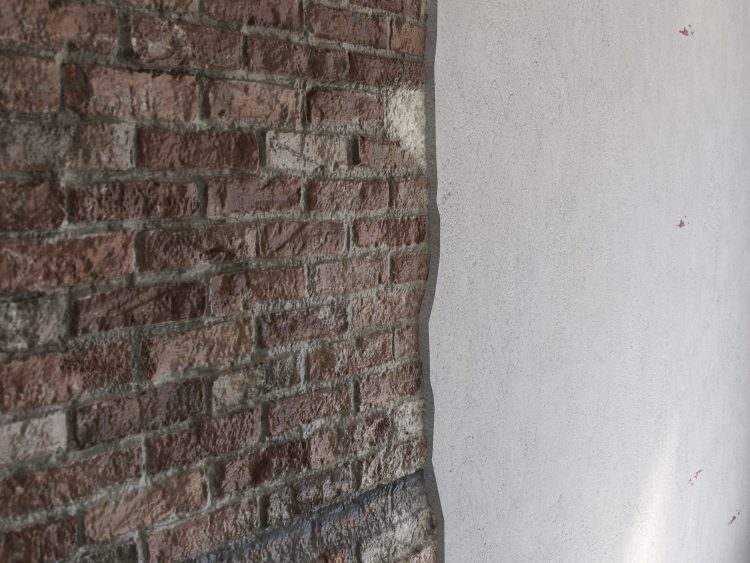How do you tell what kind of walls you have? There are many different types of wall and it isn’t always straight forward working out what type you have. This is always the first question to answer before trying to fix something to your wall. This guide should help you work out what type of wall you have so you are able to order the correct product and get a secure fixing into it.
We aim to design our products to be compatible with as many wall types as possible to give the customer the best possible chance of fitment in all circumstances. In order to make this possible we designed our own range of multi wall floating shelf fixings.
We categorise walls into three basic types and we offer a different fixing method for each. Below you can find an explanation of each wall type, some tips on how to identify it, its makeup and what it might also typically be called by tradespeople.
Solid Wall
Solid walls can be made up of many combinations of materials but they are generally considered to be bare brick or brick with a plastered finish.
Solid walls will be very hard, if you tap on the wall whilst moving your hand around it is unlikely that you will see any flex or hear any hollow areas or voids.
Typical characteristics
- Very hard, solid feeling wall with no flexing
- Dull sound when knocking, rarely with hollow sounding areas
Also called or often referred to as
- Brick/block wall
- Exterior wall
- Load bearing wall
Common materials
- Plastered or tiled brick including; red, stone, breeze block, thermalite
- Concrete
Suitable floating shelf fixings
- Multi Wall Concealed Floating Shelf Bracket – solid wall version
- Heavy Duty Floating Shelf Bracket
Suitable general fixings
- fischer Duopower Wall Plug *recommended
- fischer UX R Universal Wall Plug
- fischer SX Plus Expansion Wall Plug
Suitable high load fixings
- fischer Highbond Anchor FHB II *recommended
- fischer Threaded Rod FTR
Dot and Dab Wall

Dot and dab walls are being used an increasing amount in modern houses. They comprise of a solid wall with plasterboard stuck on to it using “dabs” of adhesive. This creates a small void (usually around 10-20mm) in the wall which is faced with plasterboard.
Benefits to this type of wall are an increased insulation value and ease of adding additional services (such as cabling) to the area at a later date, due to the void. They also offer an increased speed of finishing due to the fact they don’t need to be plastered. They can however present issues when it comes to fixing items to them. Dot and dab walls have the benefit of the strength of a solid wall but long fixings are needed in order to get a secure hold.
How to tell if you have a dot and dab wall? The easiest method is to tap on the wall whilst moving your hand around. You will hear that the majority of the wall sounds hollow and may even have a slight flex to it, however there will be hard, solid points dotted around. These are the areas that have adhesive “dabs” bonding the plasterboard to the solid wall behind, these would typically be placed in a grid pattern around 300-500mm apart.
Typical characteristics
- A solid feeling wall with slight flex in certain areas
- Generally hollow sound when knocking with solid/dull areas dotted around
Also called or often referred to as
- Dry lined wall
- Drywall
- Dabbed wall
Common materials
- Brick or stone faced with plasterboard, insulated plasterboard, tile, or moisture board
Suitable floating shelf fixings
- Multi Wall Concealed Floating Shelf Bracket – dot and dab wall version
Suitable general fixings
- Corefix 100 Dot and Dab Wall Fixing *recommended
- fischer SXRL Frame Fixing with Safety Screw
- fischer SXR Frame Fixing with Safety Screw
- fischer DuoXpand Frame Fixing with Safety Screw
Plasterboard Wall

Plasterboard walls are typically made from some sort of board material that is supported by a framework. They are almost always internal, non load bearing walls and therefore have a limited capacity for supporting heavy items.
Plasterboard walls can have a timber or pressed steel framework. This will usually run vertically at regular intervals between 300 and 600mm with short horizontals or “noggins” between each. Plasterboard walls will almost always sound hollow when knocking on them and have some flex or movement in them.
Typical characteristics
- A slight flex or movement to the wall when pushing on it
- A hollow sound when knocking with slightly more solid areas in vertical lines
Also called or often referred to as
- Stud wall
- Drywall (note can be called similar to dot and dab)
- Sheet rock
- Partition wall
- Dry lined wall (note can be called similar to dot and dab)
- Dividing wall
Common materials
- Timber or pressed steel for framework
- Plasterboard, sheetrock, moisture board, plywood
Suitable floating shelf fixings
- Multi Wall Concealed Floating Shelf Bracket – plasterboard wall version
Suitable general fixings
- fischer DuoTec Toggle Fixing *recommended for highest load applications
- fischer Duopower Wall Plug
- fischer Duoblade Plasterboard Wall Plug *recommended for quick, light duty installation
- fischer PDM Metal Plasterboard Wall Plug
- GripIt 18mm (Red), GripIt 20mm (Brown), GripIt 25mm (Blue)
The above information is designed to give a basic indication as to the most common wall types and their typical characteristics. There are however many variations to this and some instances when walls might appear to be one type but when drilling into them they turn out to be something different. You may often see cases where a wall is made up of a combination of the above due to modifications over the years, such as covering doorways or fireplaces.
If you are uncertain of your wall type then you should seek advice by contacting us. We will always to our best to help but sometimes it will require being on site to properly inspect the wall makeup which may require drilling to investigate. In which case we would advise that you seek the help from a professional trades person.

